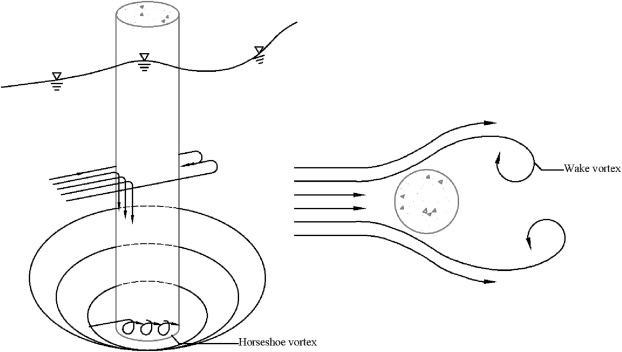You’ve heard of the scouar, but have you ever wondered what it is and how it fares? This article will help you answer that question. Read on to learn more about mixing scouar, the Dry matter threshold and Wind-fallen fruit. Hopefully this will help you get started on your own hunting trips. We’ll also go over some of the different things that make a scouar unique, and how you can use it to your advantage.
Mixing scouar
The mixing scouar is an important concept in the study of bridge pier scour. This concept is based on the scour process in nonuniform sediments. Experimental data from the same location are use to calculate the equilibrium scour depth and to derive a model of the mixing layer thickness. Based on the data obtained in the experiments, a scheme for the evolution of the scour depth is propose.
Dry matter threshold
The dry matter threshold of scouars has been studied in several animal species for many years. This study uses gene-editing technologies to determine the effect of PSY2 on dry matter content. The findings are promising for future conservation efforts. Among other things, this study provides a quantitative assessment of PSY2-activated white roots in scouars. While these results have been largely unpublished, they provide valuable information for conservation and management efforts.
The results indicate that carotenoid content and dry matter are related but their association is not clear. Despite that, we can infer that these traits are link by physical linkage. The major dry matter locus is located in the 24.1 Mbp region. Both yellow and white root germplasms should contain the major dry matter locus. To test this hypothesis, we split the Genetic Gain dataset into yellow and white root subpopulations and conducted a GWAS analysis on each.
The significant association between dry matter and carotenoid content was detect in both white and yellow root subpopulations. The white subpopulation displayed a major association signal that spanned 24 to 33 Mbp and overlapped with the LD region of chromosome 1. The yellow subpopulation’s signal was narrower, and the underlying LD pattern indicated a recombination spot. Interestingly, the yellow subpopulation’s dry matter threshold is related to the presence of PSY2 and the starch biosynthesis gene.
The dry matter threshold in scouars can be calculate by calculating the dry matter demand in a particular animal class. Generally, dry matter demand is based on the animal’s body weight and stage of life. However, the figures are only estimates and should be use for reference purposes only. For accurate calculations, researchers should examine their diet and observe the herd for dietary changes. In addition, they should also consider the species’ dietary habits to determine if dry matter intake is the right level for the animals.
The genetic architecture of the dry matter threshold in scouars is largely govern by a handful of major loci on chromosome 1. These genes are located around the region of chromosome 1 that controls carotenoid accumulation. A few of these genes are also associate with the carotenoid content, which makes it difficult to distinguish between them. A further study should identify the specific locus(s) responsible for the correlation between dry matter threshold and carotenoid content.
Several indices of heat stress in scouars were measure. The ambient temperature and relative humidity were measure, as were the respiration rate and rectal temperature. Additionally, daily dry matter intake was measure. Differentiating between the two indices using multiple regression and segment regression, the thresholds were estimate using this information. After the analysis, researchers found that the THI of 77 correlated with the changes in respiratory rate, rectal temperature, and dry matter intake.
Wind-fallen fruit
You may have seen these strange looking berries growing in the wild. You can easily recognize them by their unusual shape. A wind-fallen couar is made up of a hollowed-out part and is called couar. The fruit is edible but if it is damaged, it is better to compost it and use it as mulch. The process also contributes to the rich compost which is a must for the spring season. Wear gloves when picking them as they can harbor wasps.
